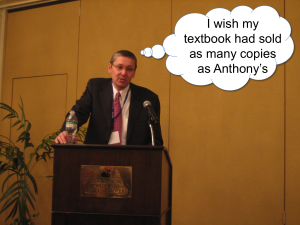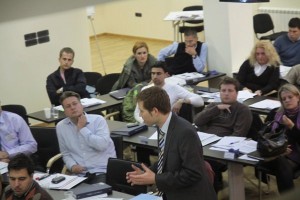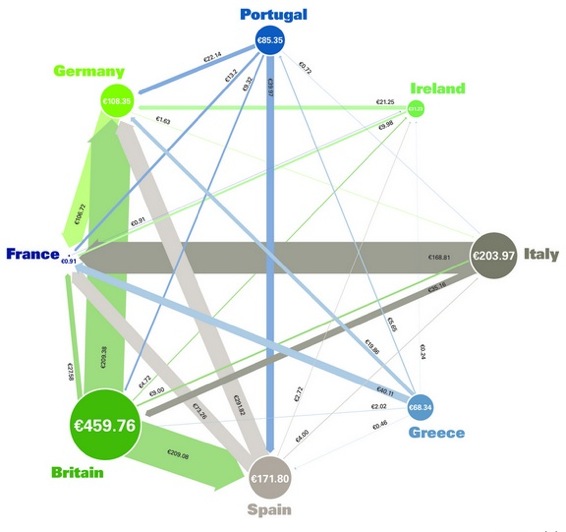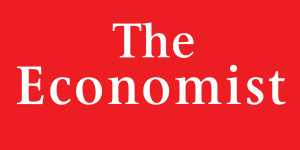
The “one week paper” sounds ludicrous, so it’s important I make some important caveats:
- The paper must not require any primary empirical research (i.e. there is no data collection or analysis involved).
- The paper is an article, therefore you’re predominantly citing/drawing upon journal articles and not books.
- The paper fits into an area that you have already published on, and the topic is something you have been thinking about for a long time and have already collected material
- You have a publication lined up, so that you know the journal/edited volume it will appear in, you know the editor’s requirements, and you know the audience.
If the above apply, the one week paper is feasible. Here’s the schedule:
Monday Gather the large pile of existing material that you have been keeping over the last few months/years. Print out references and articles that you’ve been keeping (e.g. draft emails, filed emails, blog posts, RSS feeds – however you “keep” articles to follow up on later). Conduct primary desk research to assemble your literature review. Take the key references, and go through their citations. Bust Google scholar, JStor, and whatever other databases you use. Print, print, print.
Tuesday Get the cafetiere on the go, find a comfortable chair, and READ. Go through the printouts and read everything. Annotate as much as possible – both in terms of comments and general thoughts.
Wednesday The aim now is to settle on the structure of the paper. Do *not* switch on your computer. Collate the printed material, lay it out on the floor, and formulate the key sections. Use a blank piece of A4 to write out the structure of the paper. Label the INTRO, Sections 1, 2…, CONC. on the printouts, and pile them up (loosely) into sections. The paper should now be laid out in front of you.
Thursday Have a lie in. Think about the paper as you drift in and out of sleep. Then, start writing. Consider the writing process to be similar to an oil painting. Create a base layer in terms of the structure: i.e. create the sections within the word document. Then begin populating each section by taking the pile of papers and working through them methodically.
Friday Keep writing. I find I’m at my peak from 10pm – 2am, so I try not to feel as though I’m slipping behind if I’ve not made much progress before lunch.
Saturday Write.
Sunday I don’t have a printer at home, but at this point you should print out the draft. Go to the pub, get a decent pint of lager and make corrections. Come home and revise the draft (crossing through each annotation with a thick black marker once it’s been adopted). Ensure spelling/grammar/formatting is sensible. Save a PDF version. Upload onto SSRN if you want broder feedback. Submit. Relax.







